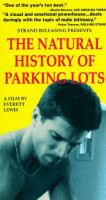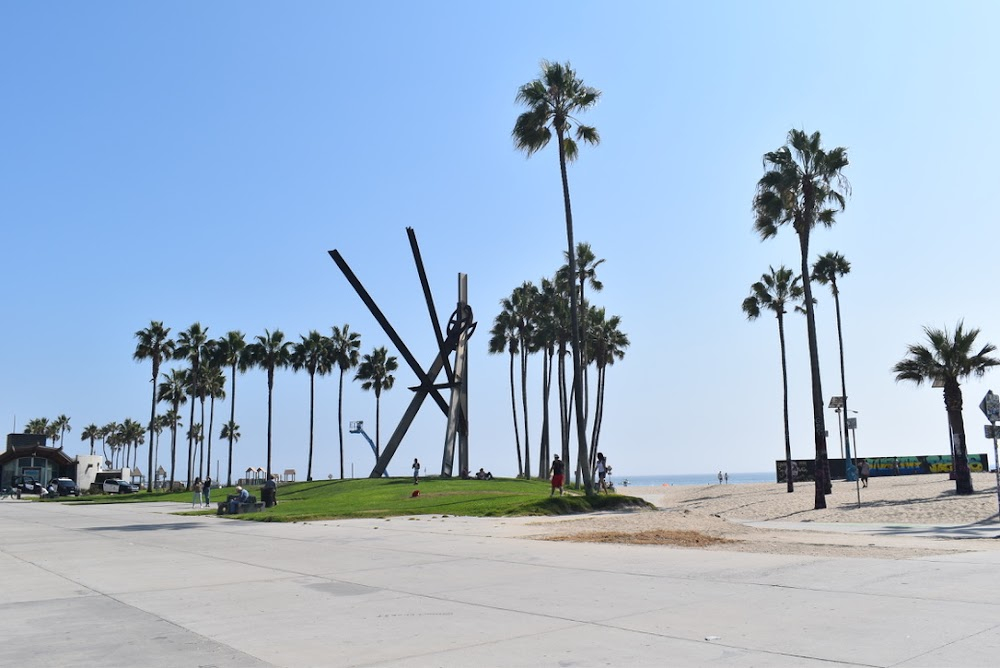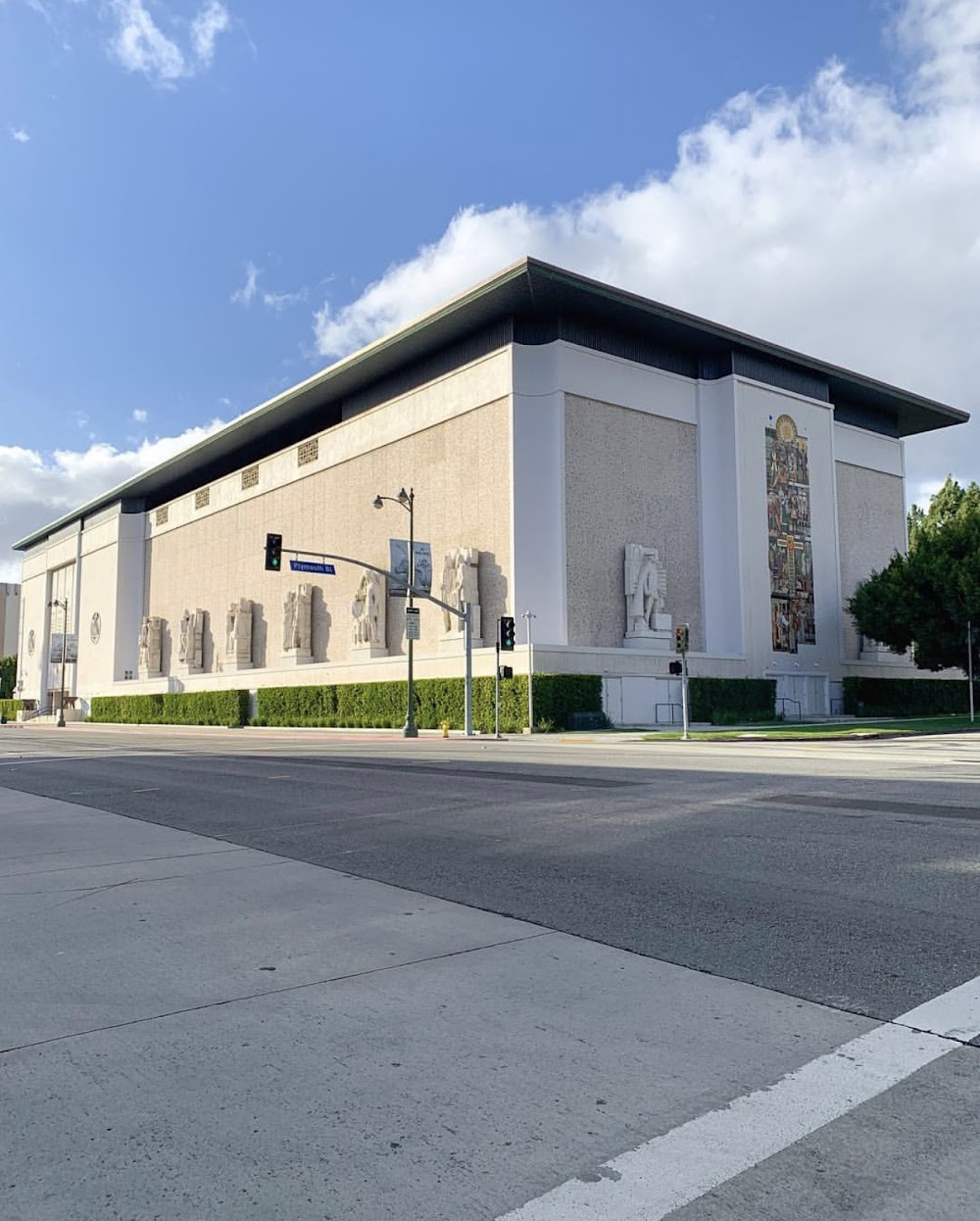The Natural History of Parking Lots Filming Locations

Where was The Natural History of Parking Lots filmed? The Natural History of Parking Lots was filmed in 14 locations across United States and Mexico in the following places:
The Natural History of Parking Lots Filming Locations
Los Angeles is a sprawling Southern California city and the center of the nation’s film and television industry. Near its iconic Hollywood sign, studios such as Paramount Pictures, Universal and Warner Brothers offer behind-the-scenes tours. On Hollywood Boulevard, TCL Chinese Theatre displays celebrities’ hand- and footprints, the Walk of Fame honors thousands of luminaries and vendors sell maps to stars’ homes.
Santa Monica is a coastal city west of downtown Los Angeles. Santa Monica Beach is fringed by Palisades Park, with views over the Pacific Ocean. Santa Monica Pier is home to the Pacific Park amusement park, historic Looff Hippodrome Carousel and Santa Monica Pier Aquarium. Next to the pier is Muscle Beach, an outdoor gym established in the 1930s. In the city center, Bergamot Station houses several art galleries.
Malibu is a city west of Los Angeles, California. It’s known for its celebrity homes and beaches, including wide and sandy Zuma Beach. To the east is Malibu Lagoon State Beach, known as Surfrider Beach for its waves. Nearby is the Spanish Revival–style Adamson House, with local history displays in its Malibu Lagoon Museum. Inland, trails weave through canyons, waterfalls and grasslands in the Santa Monica Mountains.
Tijuana is a border city in Mexico, just south of California. Its bustling main street, Avenida Revolución, is lined with souvenir shops and lively bars. Landmarks include the neoclassical Jai Alai Frontón palace and Centro Cultural Tijuana, a modern cultural complex in the Zona Río district. Throughout town, stadiums stage lucha libre (wrestling) matches, while the nearby city of Rosarito fronts sandy beaches.
Southern California is famed for its sunny weather and dramatic Pacific coastline. San Diego, just north of the Mexican border, is known for surfing spots and massive Balboa Park, with its world-renowned zoo and museums. Across the bay lies resort city Coronado. Up the coast is Los Angeles, home to Hollywood studios, fine art in the Getty Center, Griffith Park and the high-end shops of Rodeo Drive in Beverly Hills.
Los Angeles County, officially the County of Los Angeles, and sometimes abbreviated as L.A. County, is the most populous county in the United States, with 9,861,224 residents estimated in 2022. Its population is greater than that of 40 individual U.S. states.
West Los Angeles, also called Sawtelle Japantown, is an eclectic, freeway-adjacent district celebrated for its Japanese eateries and shops. A strollable stretch of Sawtelle Boulevard offers ramen, sushi and shave ice, plus karaoke and Tokyo-inspired gifts. Other options include Chinese dumplings, Korean BBQ and Vietnamese sandwiches. Apartment complexes and slick shopping mall Westside Pavilion round out the area.
Known for its bohemian spirit, Venice is a buzzing beach town with upscale commercial and residential pockets. Free-spirited Venice Boardwalk is the site of funky shops, street performers and colorful murals. There’s also a skate park and Muscle Beach outdoor gym. Abbot Kinney Boulevard features foodie hot spots, stylish boutiques and coffee bars. A picturesque enclave of canals is surrounded by modernist homes.
Miracle Mile is a neighborhood in the city of Los Angeles, California. It contains a stretch of Wilshire Boulevard known as Museum Row. It also contains two Historic Preservation Overlay Zones: the Miracle Mile HPOZ and the Miracle Mile North HPOZ.
Downtown, comprising diverse smaller areas such as Chinatown, Little Tokyo and the Arts District, offers renowned art museums, cutting-edge restaurants & hip bars. Modern high-rises mix with architectural landmarks, such as El Pueblo de Los Angeles, the city’s 1781 birthplace. Anchoring the Music Center performing arts complex is Walt Disney Concert Hall, with striking steel architecture designed by Frank Gehry.
The Natural History of Parking Lots (1990)
When a high school senior, Chris, gets in trouble with the West L.A. police for joy riding in stolen cars, his wealthy but neglectful dad hires Chris's older brother Lance to spend time with him and keep him out of trouble. Lance is in the underworld, running guns, so caring for Chris starts out as a good cover. Then, he warms to his brother, and the two develop a strong bond; Chris gets serious about school and starts to come out of his shell. But, will the relationship be strong enough to weather pressures from Lance's business, Chris's discovery that dad is paying Lance for the care, and Lance's enjoyment of female companionship?


